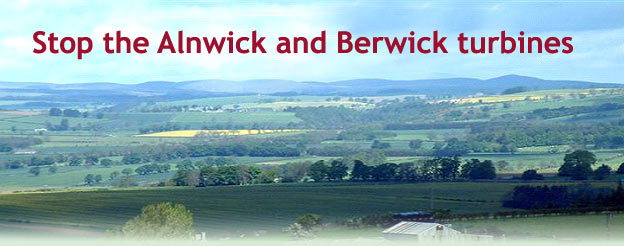|
- National economics
The government's target is for 10% of electricity to be generated from renewable sources by 2010.
To make this happen, they've put in place an indirect subsidy system called the Renewables Obligation.
This will cost taxpayers £700 million a year.
- The Institute of Directors
- The House of Lords Select Committee on Economic Affairs
- The House of Commons Committee of Public Accounts
- The National Audit Office
All these important bodies have pointed out how bad wind energy is economically.
In September 2005, the Institute of Directors said of onshore wind,
"...setting targets and effectively subsidising particular technologies at this stage is not necessarily the best way to go about this."
Institute of Directors
In July 2005, The House of Lords Select Committee on Economic Affairs said,
"...we are surprised that the Government's Energy White Paper should place such emphasis on just one technology, wind energy."
Select Committee
According to The National Audit Office, onshore wind energy is over-subsidised by 33%.
National Audit Office
Moreover, according to Ofgem and the National Audit Office, about 70% of npower renewables' income from wind energy will come from indirect subsidy, paid for by taxpayers.
- Regional and local jobs
Wind turbines won't bring long-term jobs to the region.
Worse yet, the turbine components are designed and built abroad. So foreign workers will reap the benefit of our indirect subsidy.
We subsidise other businesses. Even other forms of energy.
And, in return, we get jobs.
But we indirectly subsidise wind energy. And in return, we get  ... higher electricity bills.
Fair?
- Electricity costs at home
In September 2005, The House of Commons Committee on Public Accounts said,
"Electricity suppliers pass the higher cost of purchasing renewable electricity on to consumers. The Renewables Obligation will cost consumers £1 billion per annum by 2010 rising to £1.5 billion per annum by 2015".
Public Accounts Committee
Remember - you are paying for both the higher cost of electricity at home and the indirect subsidy. A cost of £1.7 billion a year.
- "Community funds"
Given that we pay £1.7 billion a year for wind turbines, offers of "community funds" look a little thin.
Developers all promise money, or "community funds", which they offer to local parish councils as "sweeteners".
To get a real idea of how these grand promises shape up, take a look here;
"Community funds" - the reality |

